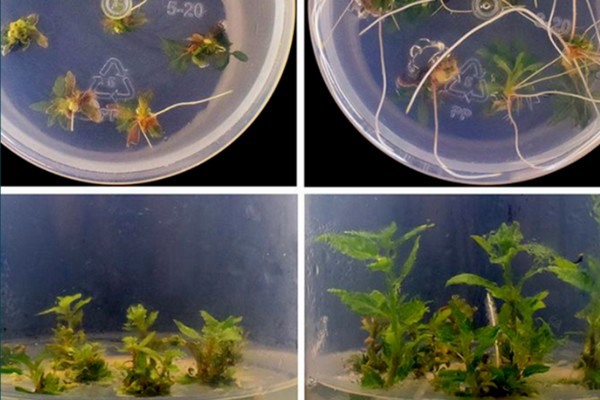Ten years ago, a new technology called CRISPR-CAS9 made it possible for scientists to change the genetic code of living organisms. As revolutionary as it was, the tool had its limitations.
Like the first cell phones that could only perform one function, the original CRISPR method can perform one function: removing or replacing genes in a genetic sequence.

Later iterations of CRISPR were developed for another function that allowed scientists to change gene expression by turning them on or off without removing them from the genome. But each of these functions could only be performed independently in plants. Now, scientists from the University of Maryland's College of Agriculture and Natural Resources have developed CRISPR-Combo, a method to edit multiple genes in plants while simultaneously changing the expression of other genes.
This new tool, developed with support from USDA's National Institute of Food and Agriculture, will enable genetic engineering combinations that work together to boost functionality and improve the breeding of new crops.
Source: nifa.usda.gov
